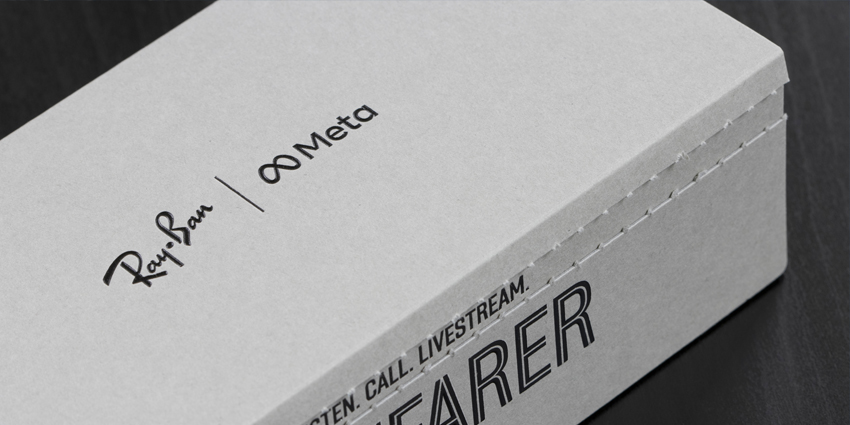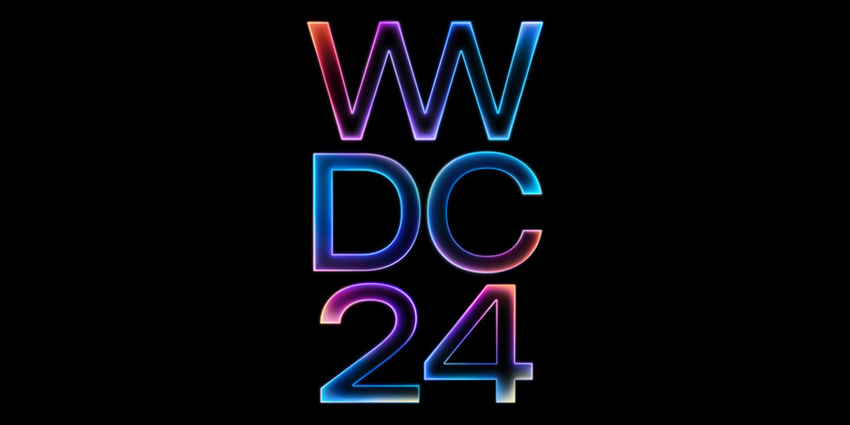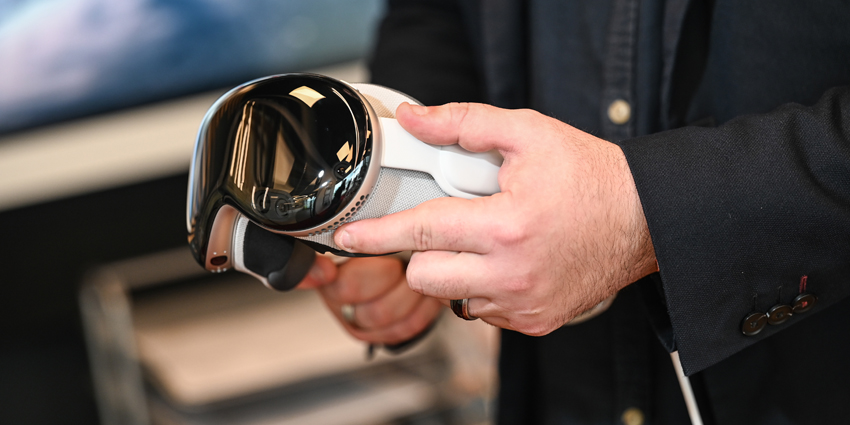Earlier this week, NVIDIA updated its AI-powered Broadcast product to include new eye-tracking features.
NVIDIA Broadcast upgraded to version 1.4.0, which includes a new feature called eye contact – in beta – that tracks a user’s or a speaker’s eyes to simulate an unbroken eye line.
The feature leverages AI systems to estimate and align a user’s eye gaze with a camera. NVIDIA designed its new feature to accommodate live streamers and video conference speakers, helping users stay engaged with their audience via AI algorithms.
👁️ NVIDIA released an Eye Contact feature that uses #AI to make it look as if you are looking into the camera! #remoteworking #video #collaboration @zkerravala @DaveMichels @NVIDIAAI #ec23 @nvidia pic.twitter.com/flVYwAJX2z
— 🇺🇦Evan Kirstel #B2B #TechFluencer (@EvanKirstel) January 22, 2023
NVIDIA Broadcast 1.4: What’s New?
Moreover, the NVIDIA Broadcast update also includes additional features to improve the platform’s performance for professional, developer, and enthusiast users.
In addition to the eye-contact feature, Broadcast version 1.4 also comes with new vignette effects, which simulate the classic lens effect, which darkens the corners of a frame to improve the image quality.
The update also updates the service’s virtual background effects – including new blur, replace, and removal effects – the updated effect leverages temporal information that improves a video’s segmentation quality and stability.
NVIDIA Broadcast 1.4 improves the service with minor updates like new abilities to allow users to mirror a camera preview screen. 1.4 also has further minor improvements, such as selfie snapshots, accessibility tooltips, and improvements to device camera integration.
Furthermore, following 1.4’s release, NVIDIA dropped a hotfix to improve the service’s translation abilities for UK users.
More on NVIDIA Broadcast
NVIDIA Broadcast is an application that improves live streams, voice chats, and video conferences with audio and video-based AI enhancements.
NVIDIA Broadcast is a great tool for enterprise end-users to improve the quality of video calls between dispersed employees.
The platform can leverage AI to remove noise and echo that a worker’s mic may pick up.
NVIDIA’s Noise Removal and Room Echo Removal tools allow video calls to no longer pick up disrupting noises like keyboard typing, microphone static, PC fans, and background reverb.
Removing noise disturbances helps promote work-from-anywhere hybrid models by eliminating the need for a completely silent working environment when an employee conducts a call.
Moreover, Broadcast’s Background Removal, Replacement, and Blur features use AI to create a greenscreen behind a user.
Broadcast contains Auto Frame, which crops and zooms in on speakers as they move around a space. Meta’s Portal device also includes similar features for enterprise end-users.
Finally, another interesting Broadcast feature is Video Noise Removal which can assist in a variety of video-based use cases thank to the platform’s ability to enhance image quality in poorly lit areas.
NVIDIA Broadcast displays true innovation and adoption of XR, AI, and immersive tech. The solution is not attempting to be transformational. Instead, Broadcast appears to be a genuinely assistive tool that can help broadcasters improve their content using subtle, behind-the-scenes tools at various levels.
Broadcasting is becoming a rich pool for XR innovation and implementation. From sporting events to live concerts to streaming TV, immersive hardware and software vendors like Nreal, Meta, and Snap are all leveraging XR to change how the world watches media.







